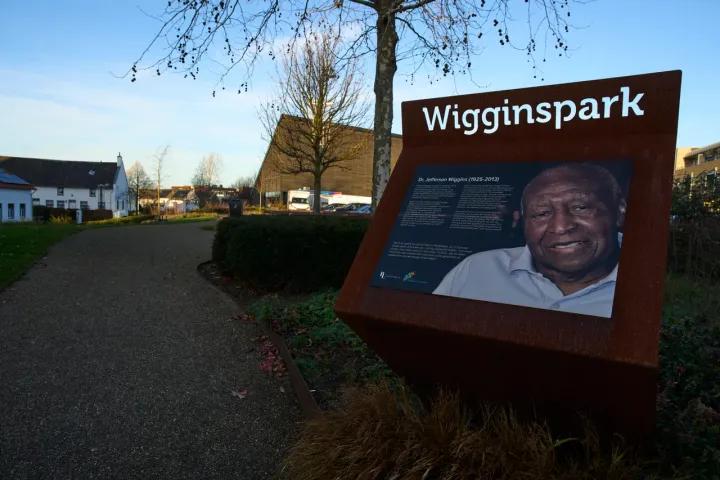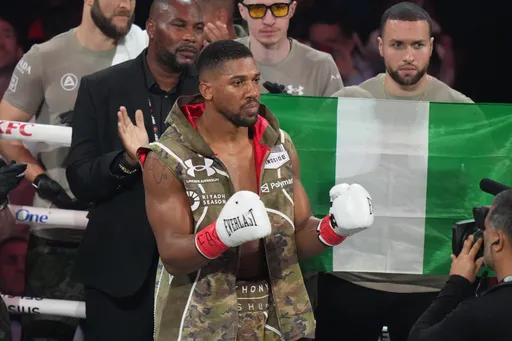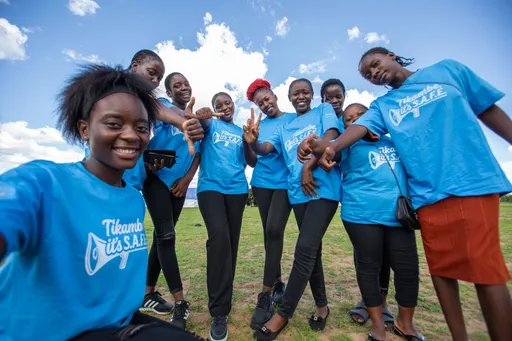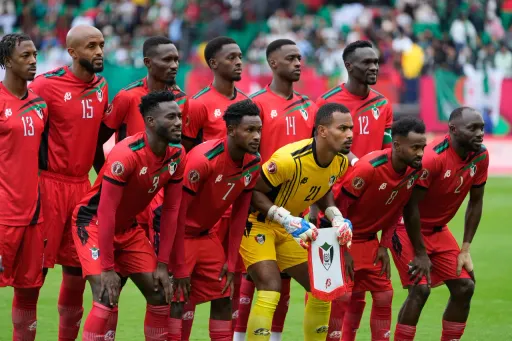By Sylvia Chebet
The famous Maasai spear is more than just a weapon — its sinewy steel reflects the African warrior tribe's DNA.
This is a community where a lion's head and mane used to be the bounty every young man needed to display to prove his bravery and complete the initiation into adulthood.
But like the world around them, the Maasai are evolving. The tribe's young morans (warriors) are no longer chasing game in the bushes.
Javelins have replaced the spears in their hands as they hunt for glory in an ancient sport that is now among the more popular Olympic disciplines.
"We are the Javelin Morans of the Mara," Anthony Njapit tells TRT Afrika, introducing a group of nearly 30 men gathered in a meadow inside the lush Mara forest in Kenya, a hub for exotic safaris.
Draped in traditional Maasai throws, with beaded belts and long feathers on their ochre-painted hair, the young men take turns throwing javelins.
The technique isn't perfect, but each almighty hurl gives the javelin wings to travel further.
"As we speak, we have quit hunting wildlife," says Njapit. "We use our spears to win, not to kill."
Conservation sport
Alfred Ole Kurao, a member of the aptly named Javelin Morans of the Mara, says the community's introduction to the sport has been transformational in more ways than one.
"Animals once targeted by the spear are now protected through the sport of javelin," he tells TRT Afrika.
The years spent throwing spears and aiming arrows at prey have helped most morans learn to throw javelins with relatively more ease than one would expect of beginners.
"As a conservation-cum-sporting activity, we love it," says Richard Soitanai. "It comes naturally to us."
The World Wide Fund for Nature (WWF)–Kenya describes the Javelin Morans of the Mara as "true problem-solvers who aim not just for distance but for social impact".
It notes that the sport is a win for conservancy. "They are spreading awareness about the intrinsic value of living wildlife, showcasing and scaling up incentives and bankable nature solutions," says Kevin Gichangi, a senior coordinator at WWF-Kenya.
Inspired by a legend
WWF-Kenya introduced the sport in Mara Siana Conservancy to propel the javelin throw into a revenue-generating force for the budding athletes.
When Kenyan javelin ace Julius Yego watched the morans in action virtually, he was impressed. He later told the team, "As a professional javelin thrower seeing the javelin flying the way it was, I am convinced we have talent in the Mara."
Yego, who first learnt how to throw a javelin by watching YouTube videos, struck gold with a throw of 92.72m at the 2015 World Championships in Beijing, becoming the first Kenyan to do so in a field event.
He won silver at the 2016 Olympics. In 2015, Yego, the African Javelin Champion, was named Kenya’s Sports Personality of the Year and awarded the Order of the Grand Warrior by the then President, Uhuru Kenyatta.
"One day, I will be like Julius Yego," says Alfred Ole Kurao. "I have already competed at the national level."
As Yego prepared for his turn at the men's javelin event in Paris, the Javelin Morans of the Mara recorded a victory song for him, hoping he would pick a gold.
He finished fifth, albeit after recording a season's best throw of 87.72m. Gold medallist Nadeem Arshad from Pakistan set an Olympic record with a distance of 92.97m.
"You might not know the impact you have made here in the Maasai Mara. It is big," Carlos Kiu said in a group video dedicated to Yego. "You have inspired us to use our spears to win. Not to kill wildlife."
As human-wildlife conflict escalates in Africa, fuelled by climate change and evolving land use, the Javelin Morans of the Mara aim to create a climate-action legacy through a sport that gives them hope and joy.
➤ Click here to follow our WhatsApp channel for more stories.
























